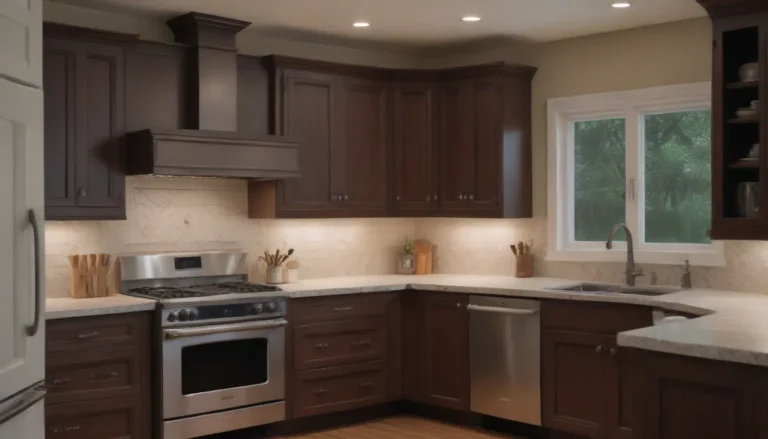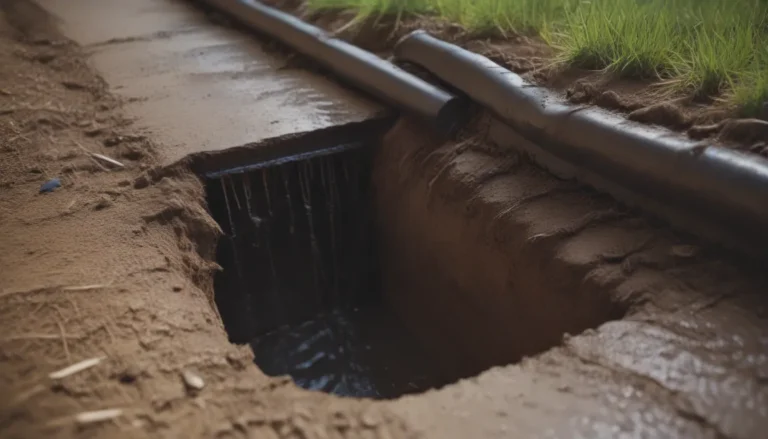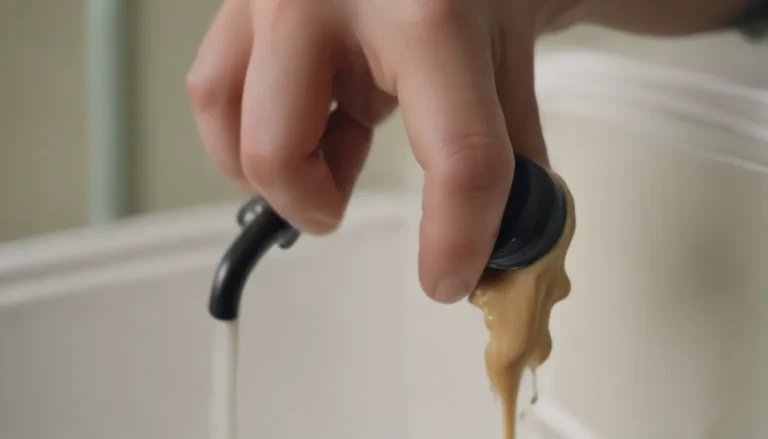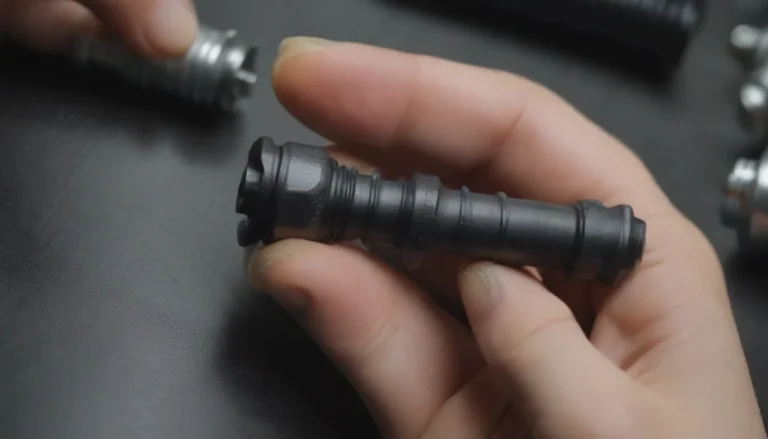Comprehensive Guide to Sump Pump Maintenance: Protect Your Home from Water Damage

Welcome to our in-depth guide on sump pump maintenance! Whether you’re a new homeowner or have been living in your house for years, understanding how to properly care for your sump pump is crucial in preventing water damage and keeping your basement dry. In this article, we’ll cover everything you need to know about sump pumps, how they work, and the essential steps to ensure they are functioning correctly. Let’s dive in!
What Is a Sump Pump?
Let’s start with the basics. A sump pump is an electric water pump that is designed to remove excess water from your home’s basement or crawlspace. It is typically installed in a lined hole called a sump pit. When the water level in the pit rises to a certain point, the pump is activated and pumps the water outside, away from your home’s foundation.
Sump pumps are crucial for preventing basement flooding, especially during heavy rains and floods. Regular maintenance is key to ensuring that your sump pump is working efficiently when you need it most.
Why Proper Sump Pump Maintenance Is Important
Proper sump pump maintenance is essential to prevent water damage in your home. Neglecting your sump pump can lead to malfunctions, which can result in basement flooding, mold growth, and structural damage. By following a few simple maintenance steps, you can ensure that your sump pump is in optimal condition and ready to protect your home from water intrusion.
7 Essential Steps for Sump Pump Maintenance
Maintaining your sump pump is a straightforward process that can be done once a year. Here are seven essential steps to keep your sump pump in top shape:
-
Locate Your Sump Pump: Know where your sump pump is located in your basement or crawlspace. Ensure that it is upright, and the float ball moves freely.
-
Test the Pump: Test your sump pump at least once a year, especially before the rainy season. Pour water into the sump pit to activate the pump and ensure that it is effectively removing water.
-
Unplug and Clean: Before performing any maintenance, always unplug the sump pump. Clean the basin, inlet screen, and other parts with a mixture of vinegar and water to remove debris and buildup.
-
Check for Corrosion: Inspect the pump for any signs of corrosion or rust, especially around the battery, float switch, and inlet screen. Replace any worn-out parts as needed.
-
Lubricate Bearings: If your sump pump has unsealed bearings, follow the manufacturer’s recommendations for lubrication during your annual maintenance routine.
-
Check the Discharge Area: Ensure that the discharge pipe is flowing freely and clear any obstructions. The discharge should be at least 20 feet away from your home to prevent water from pooling around the foundation.
-
Install Battery Backup: Consider installing a battery backup for your sump pump, particularly if you live in an area prone to power outages. Test the battery regularly to ensure it is functioning correctly.
After completing these maintenance steps, re-test your sump pump to ensure it is working properly. Pour water into the pump to activate the float switch and verify that water is being discharged effectively.
Common Sump Pump Problems and Solutions
Despite regular maintenance, sump pumps can experience issues. Here are some common problems and solutions:
-
Sump Pump Does Not Turn On: Check the water level in the pit and the electrical connections. If the pump still does not turn on, inspect the inlet valve for debris.
-
Sump Pump Does Not Shut Off: Verify that the float switch is working correctly and clear any obstructions in the discharge pipe. Consider upgrading to a higher-capacity pump if necessary.
-
Sump Pump Starts and Stops Too Frequently: Check for obstructions in the discharge pipe that may be causing backflow. Ensure the pipe is free-flowing to prevent frequent cycling of the pump.
When to Replace a Sump Pump
While regular maintenance can extend the life of your sump pump, there will come a time when it needs to be replaced. Here are some signs that it may be time for a new sump pump:
- Average Life Expectancy: Sump pumps typically last around 10 years. Consider replacing yours if it is approaching this age.
- Faulty Motor: If the motor is no longer functioning correctly or making unusual noises, it may be time for a replacement.
- Odor and Rust: Signs of corrosion or rust on the pump may indicate that it needs to be replaced.
- Volume: If the pump is no longer effectively removing water from the pit, it may be time for a new sump pump.
Remember to have your sump pump serviced annually by a professional to ensure it is in good working condition. Regular inspections can help identify any potential issues before they escalate into costly repairs.
Conclusion
Proper sump pump maintenance is essential for protecting your home from water damage and maintaining a safe and dry basement. By following the steps outlined in this guide, you can ensure that your sump pump is in optimal condition and ready to handle any water intrusion. Remember to test your pump regularly, keep the discharge area clear, and consider installing a battery backup for added protection. With these maintenance tips, you can rest assured that your home is well-equipped to handle heavy rains and flooding.





